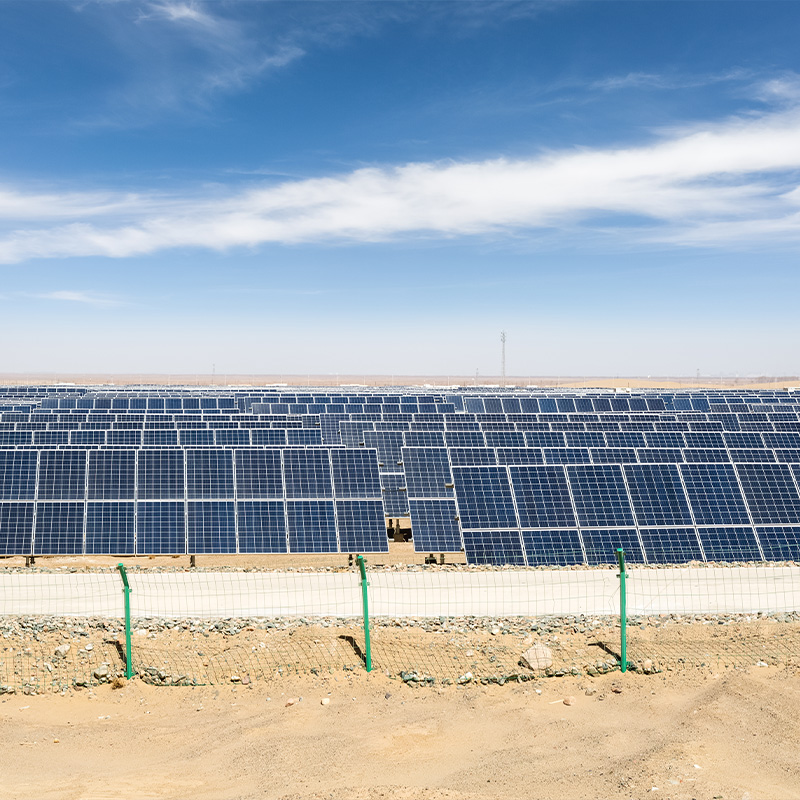
Central Asia and the shift to green energy: Kazakhstan and Uzbekistan
Central Asia and the shift to green energy: Kazakhstan and Uzbekistan
By Qihan Geng, Head of APAC, qihan@greenrecruitmentcompany.com
Becoming a green silk road?
Central Asia has long been a cross roads of ideas and goods for the world, forever bound up in the idea of the “silk road”. Dominated by countries ending with the Persian suffix “stan” which means “Land of” – the countries of the region have a choice ahead of them – do they want to be the lands of fossil fuels or the lands of green energy? This article aims to look at two countries in the region to see if we are approaching a green silk road.
Both Kazakhstan and Uzbekistan are going through a decisive period in their journey towards reducing CO2 emissions. These Central Asian states are historically amongst the top contributors to the global carbon footprint and it is a mark of the development of the climate debate that they are now shifting to sustainable renewable sources. Kazakhstan and Uzbekistan are among the top 35 countries in the world on the Carbon Index, due to their reliance on fossil fuels, but their recent progress on green energy deserves encouragement.
Kazakhstan moving beyond fossil fuels
Kazakhstan's power generation through renewable sources is still relatively low but their planned progress is looking promising. The country’s authorities have shown a real concern regarding increased pollution, and should be considered sincere.
To understand the low base that Kazakhstan is starting from, the power generation in 2019 from renewable energy was 505 MW. At present the Kazakhstan government is aiming to procure 3% of total electricity production through the renewable sources in 2020.
Currently however there are 13 projects for green energy in pipeline with a total capacity of 700 MW, that will cost around $850 million. This investment demonstrates how the Kazakhstani government is planning to increase its total capacity in green energy to 30% of the country’s energy mix.
For countries like Kazakhstan, the transition from a fossil fuel dependent economy to a green economy is challenging, there are however positive case studies from the Middle East to provide guidance. In addition Kazakhstan is well placed to reap possible benefits from China’s OBOR initiative, which has embraced renewable energy as integral to its mission.
Uzbekistan expanding beyond hydropower
Uzbekistan’s ambitious journey towards green energy has started quite successfully. They are investing in a mixed portfolio of wind, solar and hydropower. The Uzbek government has demonstrated a willingness to integrate the private sector into their sustainability plans, which will likely give them an edge in delivering an efficienct renewables sector. Another sign if the maturity of the Uzbek approach is the focus on delivering better air quality for the country, demonstrating a good holistic approach to environmental matters. The Uzbek government aims to have green energy account for 25% of the countries energy mix by 2030.
The Uzbeks main focus is on hydropower generation. The country is planning to expand its hydro-electric capacity to 16% of total energy generation by 2030, making it one of the largest players in hydro energy in Central Asia.
Uzbekistan has some interesting projects underway or in planning, here are some of the most significant:
- The Ministry of Energy has announced to construct a solar park in Sherabod city in Surkhandarya to further increase its green energy capability by 200 MW. The project is the part of 1 GW of solar energy program initiated by the government.
- The ministry of energy is planning to devise public-private cooperation scheme for the development of 900 MW of solar energy in conjunction with the World bank.
- A Chinese company has shown interest in developing a wind farm in the Gijduvan district in Bukhara province, targeting 200 MW power by the end of 2020. Over the lifetime of the project this could grow to 1500 MW.
- Similar projects have been reportedly planned by the Siemens in Navoi province and the Turkish company ETKO CO ENERJI in Surhandarya province with a possible capacity of 600 MW.
Delivering on potential: Two “steppes” forward, one steppe back?
As with Kazakhstan, the main challenge for Uzbekistan is to progress schemes beyond feasibility and planning and toward construction and operation. However the early signs are promising. At a global level, getting countries with a stake in the global fossil fuel sector to go green with be crucial to helping reduce emissions and combat climate change. Against this yardstick there is much to be encouraged by in the approach of both countries. The next step is to get it all built.
